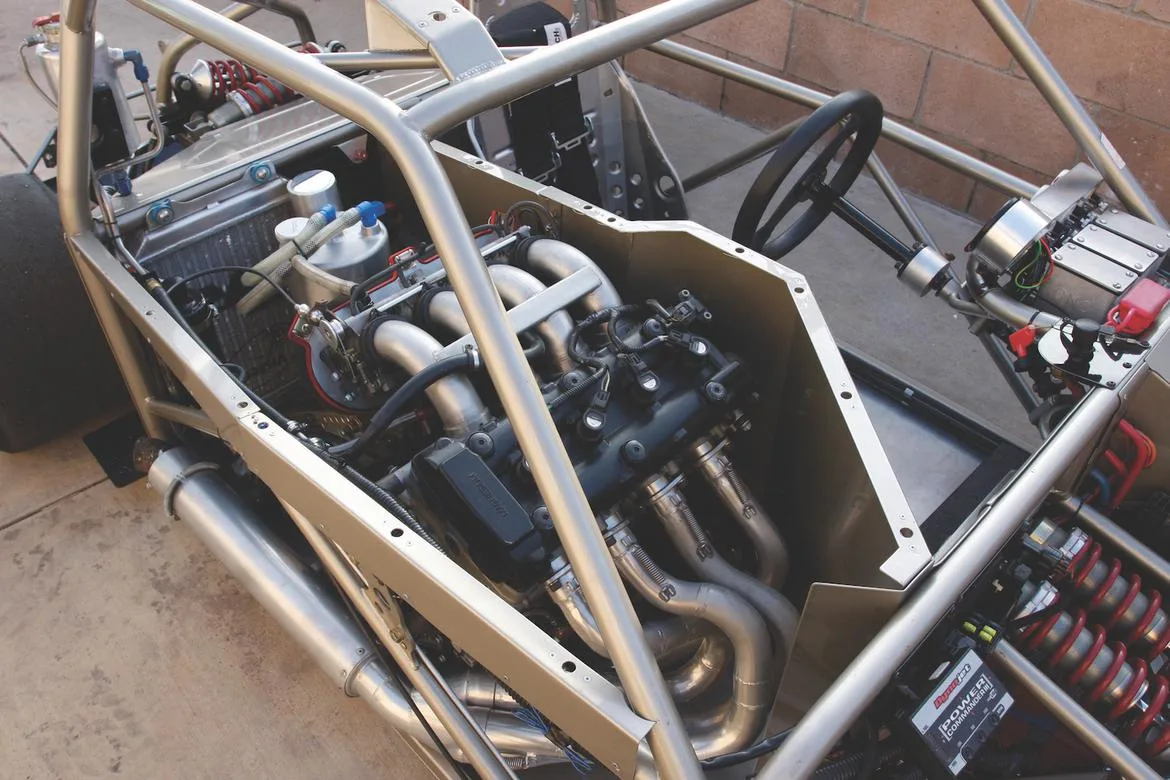[Editor’s Note: This article originally appeared in the October 2006 issue of Grassroots Motorsports.]
If you’re not too familiar with the Honda Z600, you’re in good company. The odd little front-wheel-drive hatchback was one of Honda’s first forays into the automotive market back in the early ’70s. Call it a toe in the water from a manufacturer who sold its very …
Taking Aim
Mike is a “play to win” kind of guy—a trait gained through his other hobby of long-distance running—so he examined the SCCA rulebook carefully for a class in which he could succeed. He hoped to recycle as much of his D Sports Racer as possible, which meant he’d be aiming at one of the Modified autocross classes. He also wanted to pick a class that had a low minimum weight; since he’s a lightweight guy, he felt that would give him an advantage.
“Originally I wanted to run in D Mod,” he explains. “Rules allowed up to a 2-liter engine but only 1400cc with a supercharger. A 1300cc Suzuki Hayabusa engine made 150 horsepower stock but could make big power with a turbo. I knew I could make more power than anyone else in the class because no one was using motorcycle engines.”
At the time, the D Mod minimum weight was 1000 pounds, perfect for the remains of Mike’s 940-pound D Sports racer. SCCA Solo rules also allowed the engine to be set back to the centerline of the wheelbase, and putting the weight of the engine and transmission in the center of the car would help achieve a low polar moment of inertia.
“While this would be very difficult to accomplish with a traditional automotive engine, the compact size and lighter weight of the motorcycle engine and transmission package lends itself to taking advantage of a true mid-engine location,” he explains. “So a second part of my plan was to build a mid-engine chassis that would locate the engine in what was once the passenger seat area.”
A Hayabusa engine and transmission—which weigh approximately 175 pounds together—would offset the weight of the driver and a fuel tank on the driver’s side of the car. The bike drivetrain’s lack of heft would also allow Mike to build an underweight car which he could then ballast up to the minimum for better chassis balance.
“In the end, the car with driver had a side-to-side weight difference in the chassis…
Click Here to Read the Full Original Article at Grassroots Motorsports Online Articles…

